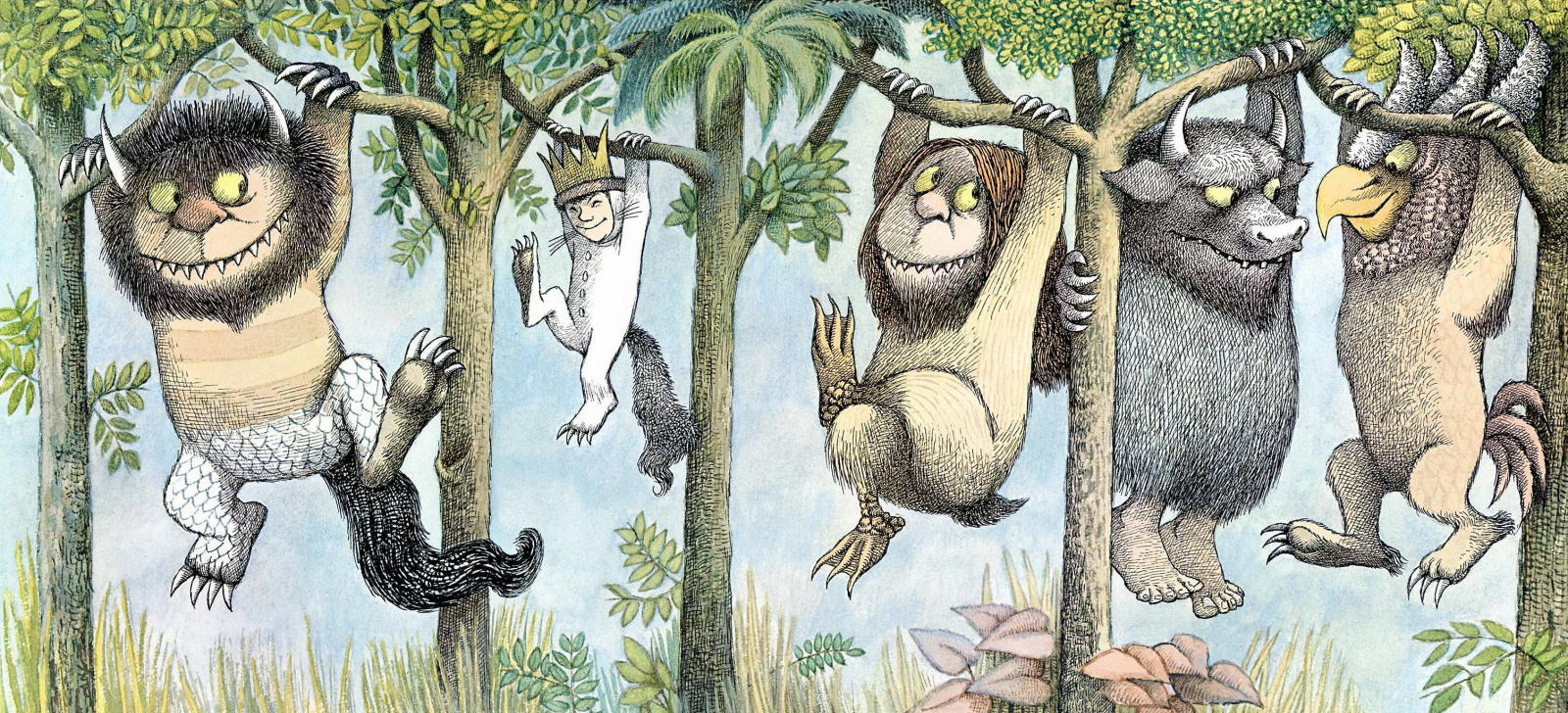Where the Wild Woods End
(Originally published: October 2004)

My kids bring home a lot of homework dealing with The Environment, and as I watch them labor it occurs to me that the environment has changed a lot in the 35 or so years since I was their age. I don’t mean more polluted or less, although it’s definitely one or the other. I mean the environments each respective generation lived in or lives in are very different from each other.
When I was a kid, The Woods were down at the end of our short street, a wild, overgrown swath of hardwoods split by a sliver of water we called The Creek. This stand was our daily playground. Beyond The Woods were grassy fields and dilapidated chicken coops, and the weathered old cinder-block house where The Farmer with the Shotgun lived.
For my kids, the woods are neatly corralled in a county park five miles and a 20-minute drive away, veined by jogging trails and augmented with modern playground equipment anchored in 18 inches of impact-softening mulch chips.
As kids, we experienced summer showers sitting in the street gutter in front of our house, channeling the storm water runoff with our bodies and building dams out of driveway gravel and sticks.
Nowadays, the closest my kids get to rushing rainwater is watching it pour over the clogged gutters hanging off the front of our house. After all, radar shows a thunderstorm 17 miles west, and that’s nearly close enough to take a child whose parents are foolish enough to let him out of the house.
As kids, we wasted hours running barefoot across cool grass on warm evenings, catching lightning bugs, honey bees and June bugs in jars, poking sticks into crawdad holes down by the creek, and going fishing — just us kids — at the small lake tucked into a corner of our neighborhood.
Now kids spend their “free” time running the grass of soccer and baseball fields, have never even seen a June bug (what happened to those, anyway?), couldn’t tell a crawdad hole from a pile of dirt, and fish twice a year, always under the close supervision of hyper-careful parents like me.
Institutionalized environmental education in grade schools has done much to raise awareness about the perils we present to our planet. But there is no substitute for kids getting their hands dirty, literally. All they need from us is the time and, mostly, the permission.
